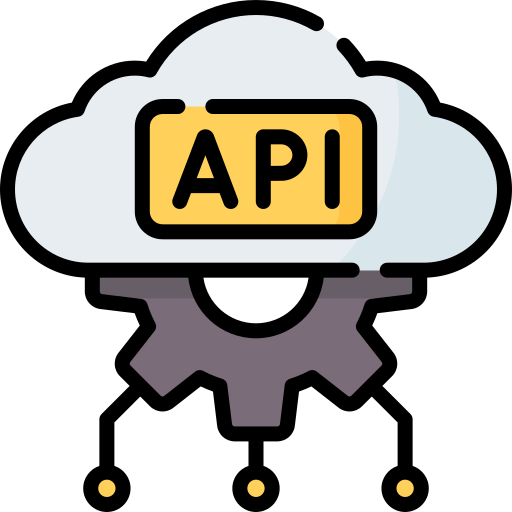Weather data is a valuable resource for a surprising variety of fields. From agriculture and construction to energy production and historical research, understanding past weather patterns can be crucial. But how do you go about collecting historical weather data without sifting through dusty weather station archives? Enter APIs (Application Programming Interfaces). These digital tools allow you to programmatically access and retrieve data from weather services, making historical weather data collection a breeze.
Choosing Your Weapon: Popular Weather APIs for Historical Data
Several weather APIs offer access to historical weather information. Here are a few popular options:
- OpenWeatherMap: This free API provides historical data for various locations based on city name or geographical coordinates. It offers data for several weather parameters like temperature, precipitation, and wind speed.
- Tomorrow.io: This API boasts a vast weather data library with historical records. It allows you to specify desired weather variables, time intervals, and date ranges for precise data retrieval. However, a free tier with limited usage exists, with paid plans for extended access.
- Open-Meteo: This API provides historical weather data based on reanalysis datasets, incorporating information from weather stations, satellites, and other sources. It offers a free tier with limitations, with paid plans for more extensive data access.
Unveiling the Secrets: Steps to Collecting Historical Weather Data
Once you’ve chosen your API, here’s a general roadmap for collecting historical weather data:
- Sign Up and Obtain an API Key: Most weather APIs require a free registration to obtain an API key. This unique key identifies your account and grants access to the service.
- Explore the API Documentation: Each API offers detailed documentation outlining available data, parameters, and how to structure your request. This guide is essential for crafting successful queries.
- Craft Your Request: Using the chosen API’s documentation, build your request specifying the location (city name or coordinates), desired weather parameters (temperature, wind speed, etc.), time period (date range or specific date), and any additional options offered by the API.
- Send the Request and Capture the Response: Once your request is formulated, use your preferred programming language or coding tool to send the request to the API endpoint (the specific URL for accessing data). The API will respond with the requested historical weather data in a structured format (usually JSON or XML).
- Parse and Analyze the Data: The received data will likely require parsing to extract the relevant weather information. Depending on your needs, you might choose to store the data in a spreadsheet, database, or visualize it for further analysis.
Additional Tips for a Smooth Data Hunt
- Start Simple: Begin with a basic request for a limited location and time period. As you gain experience, expand your queries for more complex data sets.
- Be Mindful of Usage Limits: Free tiers often have limitations on the amount of data you can retrieve. Upgrading to a paid plan might be necessary for extensive data collection.
- Explore Data Visualization Tools: Consider using data visualization tools to represent the historical weather data in charts and graphs, making it easier to identify trends and patterns.
By leveraging weather APIs, you can unlock a treasure trove of historical weather data, empowering you to make informed decisions in various fields. So, grab your metaphorical shovel and start digging – the weather data of yesterdays awaits!


